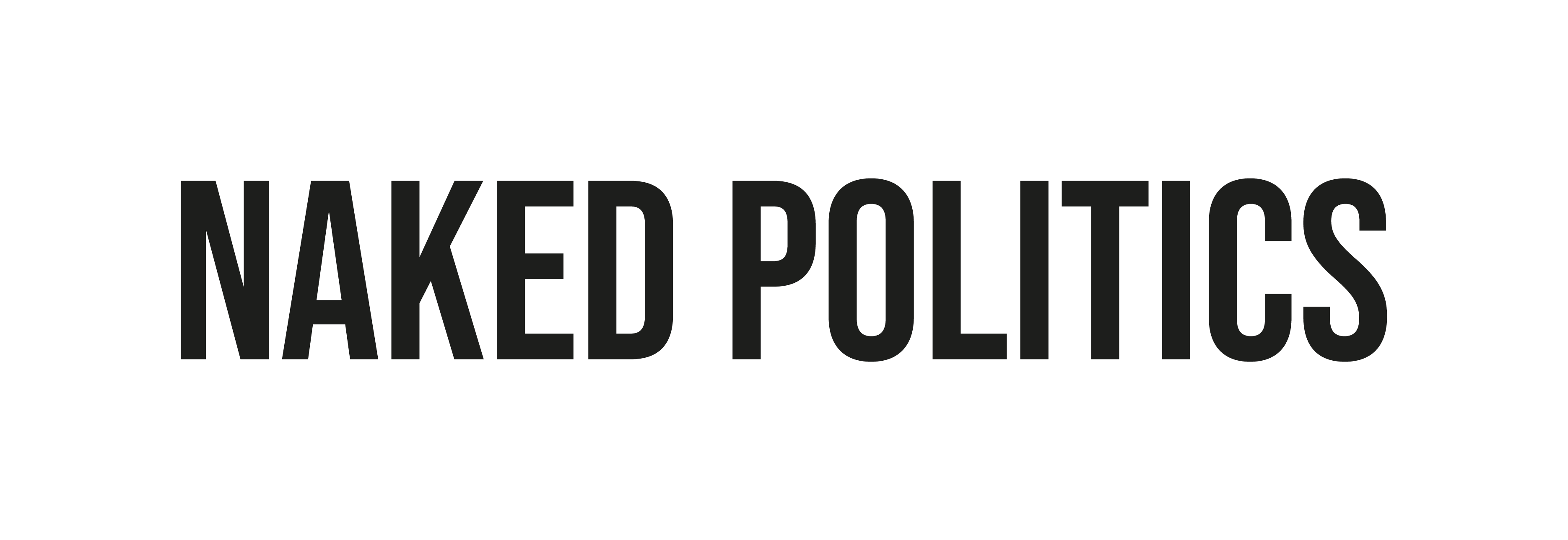Sam Hodgson
I remember going into Parliament the day after the 2016 US election to an air of disbelief. The EU referendum result had equally come as a shock, but the results of the US election seemed to have baffled the politically savvy in the UK. As people found themselves in this unexpected world, they looked around for explanations as to how this could have happened without them expecting it. One explanation that quickly became a favourite was the unexpected influence of social media platforms on the election, well, in the run-up to this election, the importance of the digital space is lost on no one.
The ability of digital platforms to influence the political space is much better understood in 2020 than it was in 2016. In the US, however, each platform remains largely in control of its own policies and political impact. This means each social media platform has adopted unique policies to challenge “fake news” for this election, but how robust are these policies? Do they make sense when looked at closely?

Support Us!
Support us by contributing as little as £1 so we can continue to give young people a voice and a platform they deserve
1.00 £
Twitter, at first glance, has adopted the toughest and most proactive policies. A ban on all paid-for political posts in September 2019 signalled a strong intention to tackle the fake news menace. The controversial decision to add a “the facts” label to problematic Tweets did lead to pushback but appeared to many to be a decisive blow to those spreading misinformation.
At closer look though, the fact-checking policy has some issues. The label has been criticised as liberal bias by some but more interestingly there are claims that the fact-checking label is actually increasing the effectiveness of some “fake news”. There are around 500 million Tweets made every day, effectively fact checking each and every Tweet is a huge task, a task that Twitter is not currently achieving. But the existence of the fact checking label means a Twitter user could be forgiven for thinking a tweet must be true, because if it weren’t, Twitter would have applied a label. Tweets that contain falsehoods, but are not labelled by Twitter, are more effective at spreading “fake news” as they appear to have been approved by Twitter. Outrage over the label being applied to some untrue Trump tweets but not others, shows the deep concern some people have that the failure to apply the label correctly could worsen the “fake news” problem.

Facebook had a well-documented influence on the last US presidential election and has borne the brunt of criticism for the negative effects social media has on the democratic process. Its policy ahead of the 2020 election is therefore slightly more reactive and seems to have a different agenda to Twitter’s policy. Facebook has taken the decision to suspend new political advertising in the 7 days before the election, and then suspend all political advertising immediately after the election.
The absence of a date for reactivating political advertising in the US has caused the press to claim this represents a permanent end to political advertising on Facebook in the US. While this is a possible outcome, it is not a likely one. Instead, Facebook intends the suspension to last only one week, likely to avoid Facebook becoming involved in any potential fight over the outcome of the election. Political advertising should then resume, depending on political conditions, this strategy seems designed to allow Facebook to hunker down and avoid any blame for major political events, in order to protect its revenue from political ads for the foreseeable future.
Away from social media platforms, Search Engines like Google and Bing tend to get less attention but they can still have a great influence over elections. In the 2019 UK general election, the diabolically devious Conservative digital strategy included placing ads on searches for Labour’s manifesto and postal vote registration. The Conservative Party use of Google ads does not represent an example of “fake news” but does show how influential digital platforms remain. While the Conservative party spent less than Labour on Facebook, they spent twice as much as on search, indicating the Conservative party places a high value on their influence.
With search engines’ influence being less understood and less prone to sensational “fake news” , they have managed to fly under the radar without much scrutiny over political ads. Google’s approach to political advertising on search ads is currently “Whether you’re running for office or selling office furniture, we apply the same ads policies to everyone”. An election and chair purchase are very different events and to treat them the same doesn’t appear to be a very strong approach to responsibly managing the huge influence a digital platform can have on election. You can return a chair but returning a democracy back to health is much more difficult.

Although people are aware of the influence digital platforms have on democracy, and although the platforms themselves appear to be making efforts to ensure that influence is not negative, the current policies are far from perfect. Regardless of how high-profile the influence of digital platforms ends up being in this election, the conversation around how to make sure digital platforms do not undermine democracy is one that we need to make sure does not go silent.
Thanks for reading our article! We know young people’s opinions matter and really appreciate everyone who reads us.
Give us a follow on Instagram, Twitter and Facebook to stay up to date with what young people think.

